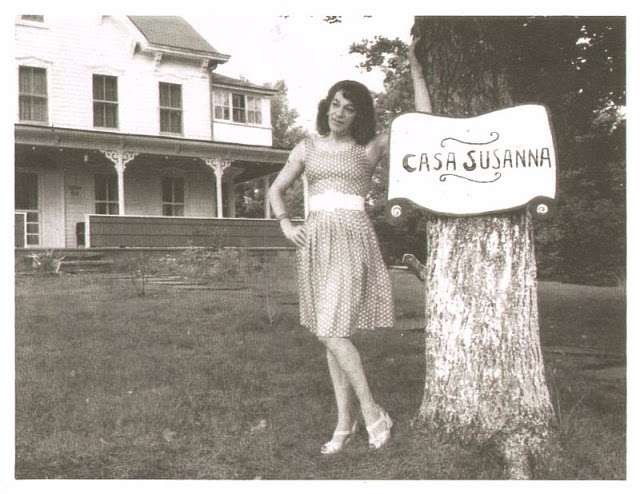
If you were to journey to Jewett, NY today, you would find yet another semi-abandoned white hamlet, deep in the hillside, ramshackle and in need of a facelift. Nothing out of the ordinary to the naked eye, but delve further into this particular dwelling’s history and you’ll discover that it was here, almost 60 years ago, in this otherwise extraneous dwelling, where dozens of men found a safe haven to learn all the intricacies of femininity as a form of relaxation and release. Welcome to Casa Susanna, which incidentally, is now up for sale…
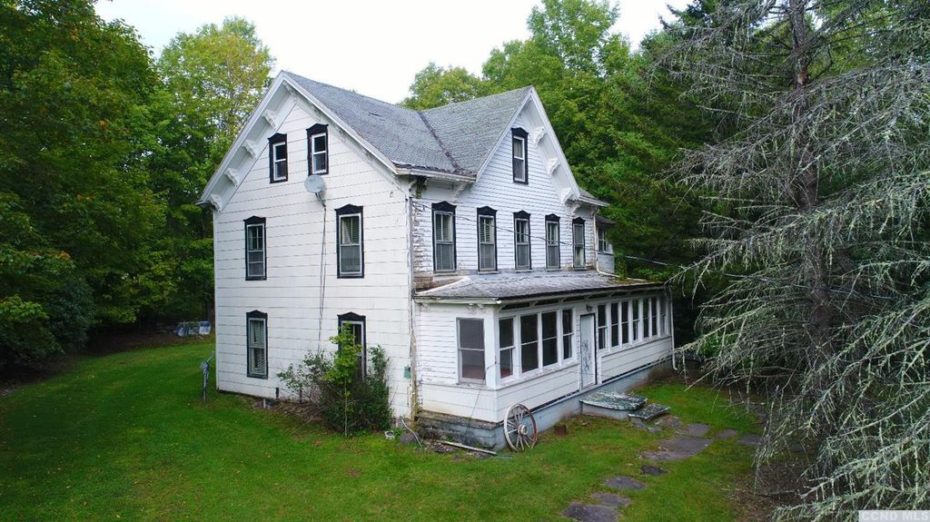
“Catskills” is a name that has become synonymous with the good old American ideal. We’ve come to associate the New York mountain ranges with an image of blissful 1950s domesticity; the all-American family summer spent in quaint log cabins, kids splashing happily in a lake, couples learning ballroom dancing with exacting propriety, Moms getting their hair done at the salon wearing pearls and twin sets and Dads in starched pants playing golf. Ring any Dirty Dancing bells? The one thing you wouldn’t have considered amongst this stereotypical visualisation of a family holiday resort is the existence of a safe haven for hyper glamorous cross-dressers, sipping tea, playing bridge and posing for enchanting portraits in chic cocktail gowns. And that is where Casa Susanna comes in.
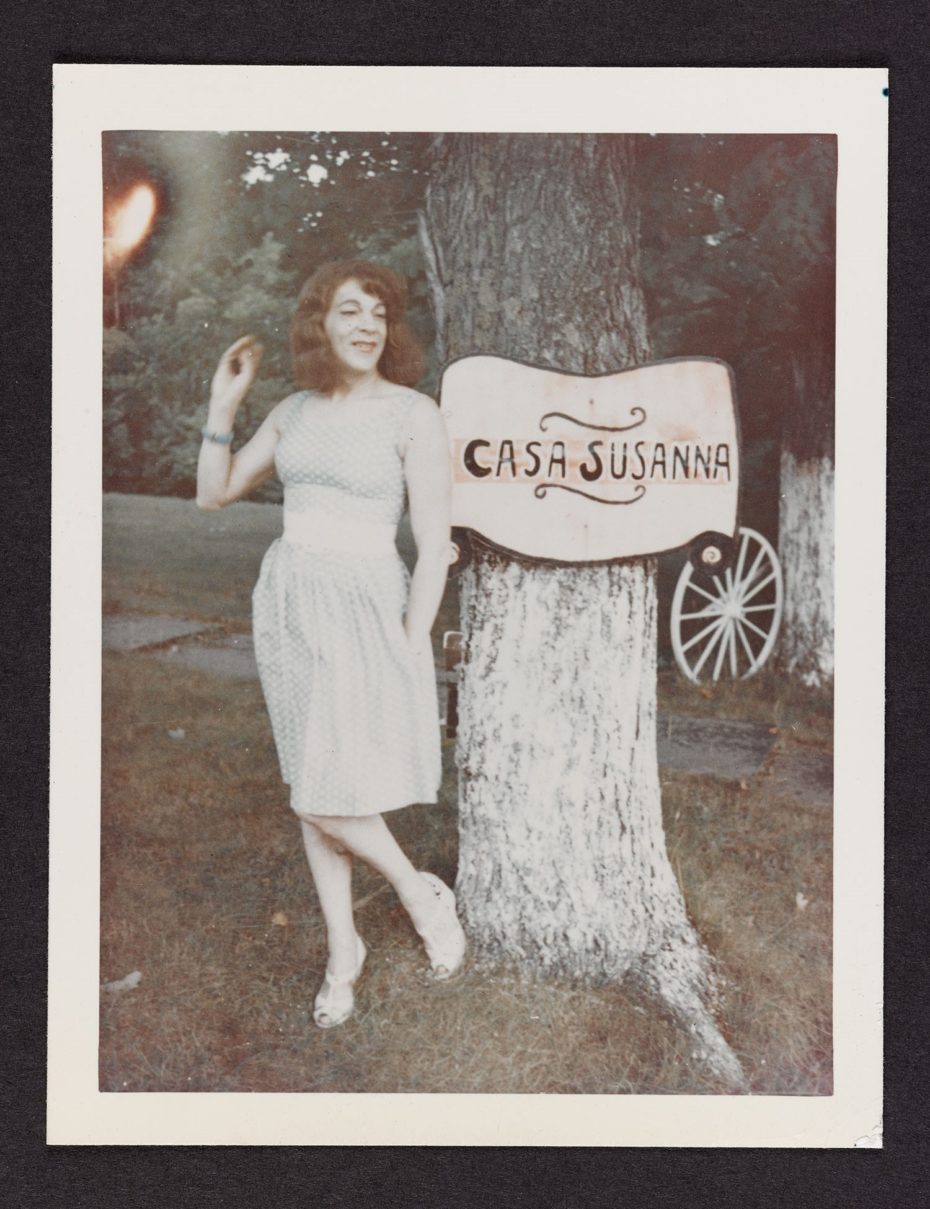
Tito Valentini, and his wife Maria, purchased the picturesque guesthouse in the mid 1950s after leaving their city life behind them. By day, Tito had worked at a Spanish radio station and Maria ran a successful Fifth Avenue wig store, but after dark, Tito transformed into Susanna Valenti, a professional female impersonator.
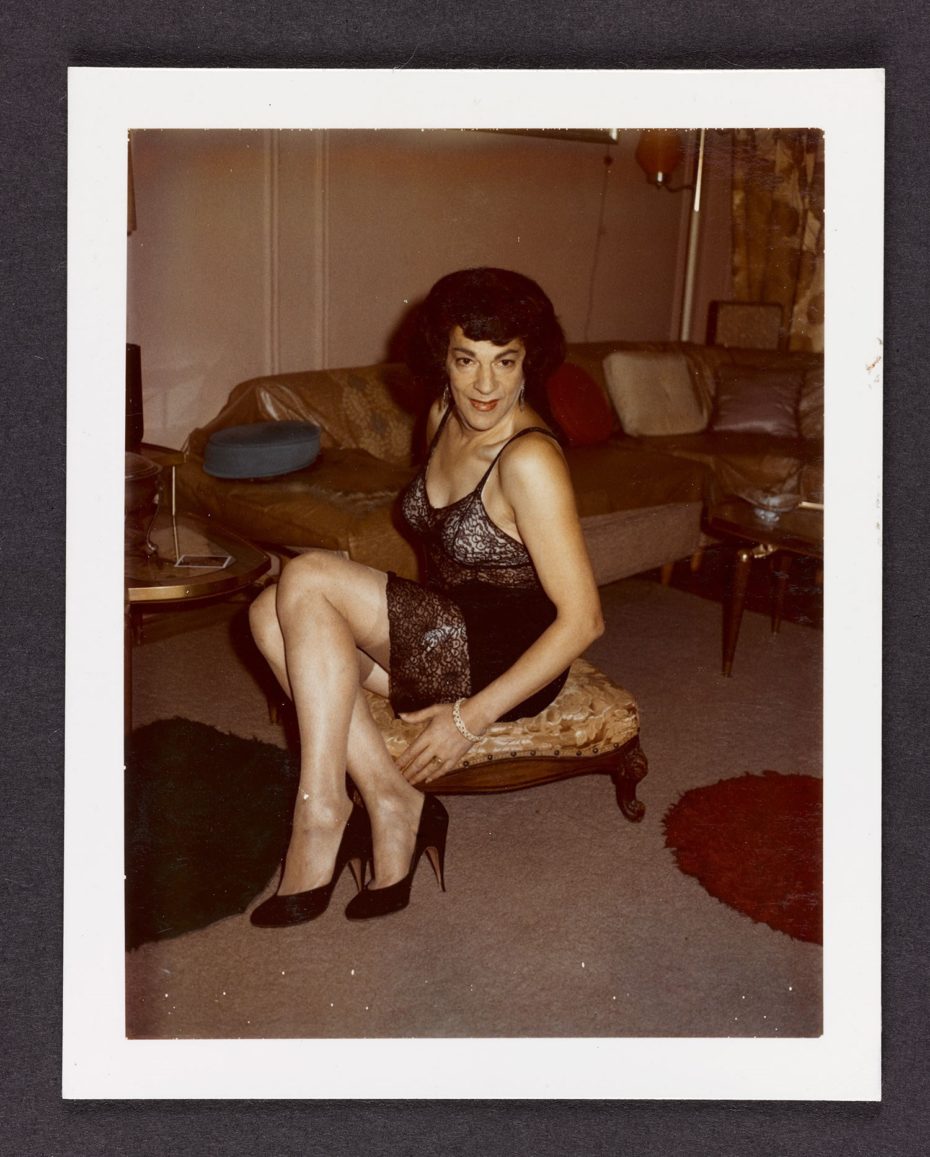
Their apartment would double as a finishing school for local transvestites, all paying $25 a weekend for the privilege of Susanna’s wisdom. Realising the business could be profitable if they had more space (and more privacy), Maria took her earnings from the wig store and became proprietor of Casa Susanna, the first, and possibly only, successful holiday resort for crossdressers.
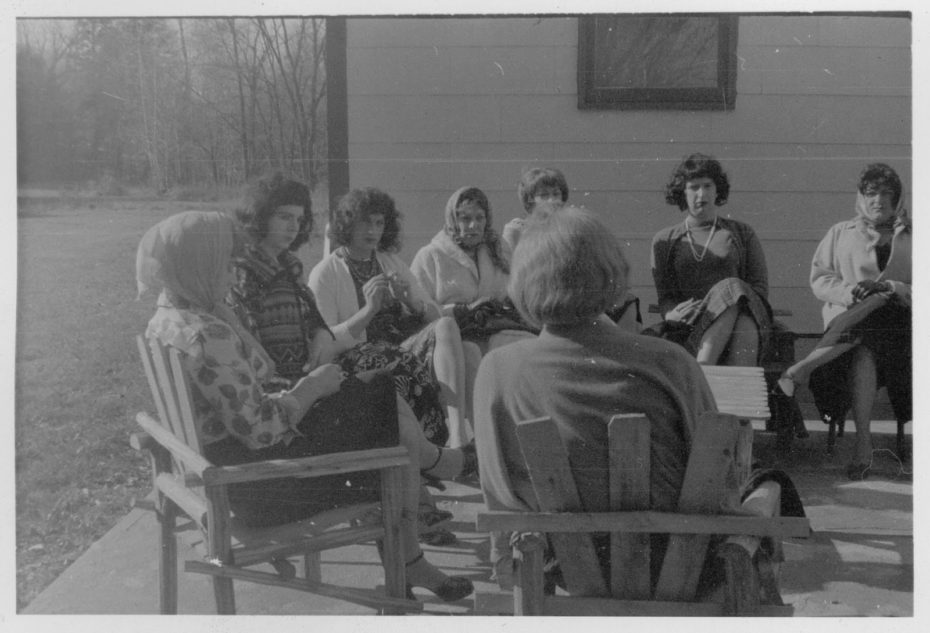
Casa Susanna was actually their 2nd foray into the world of charm schools for gender explorers. Their first, slightly smaller, house was aptly dubbed the Chevalier D’Eon resort; a wonderful reference to an 18th century sword fighting French spy who also happened to be a charming and courageous transwoman.
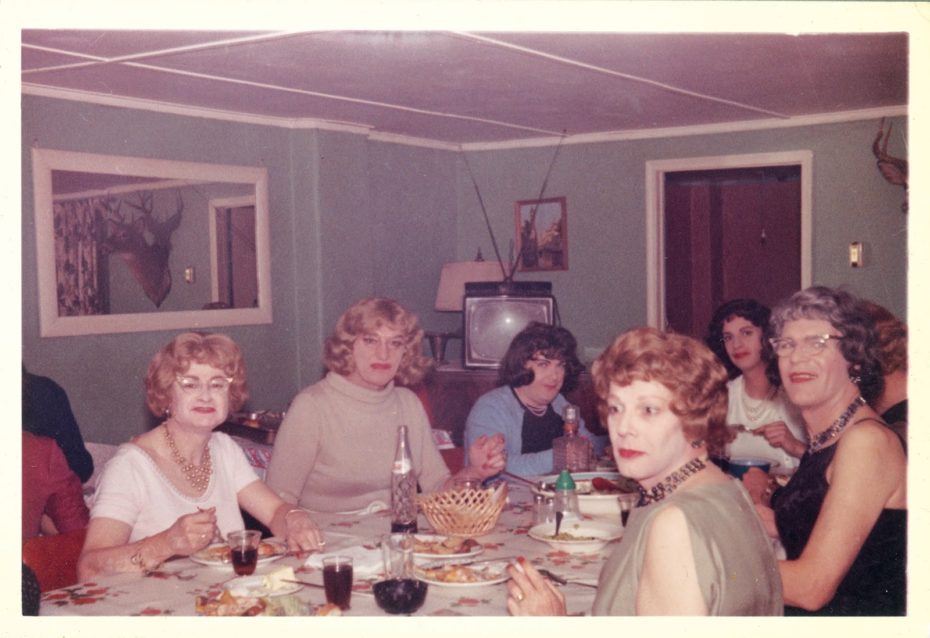
The seven-bedroom domicile, along with a few unheated bungalows, nestled in the Catskills, would become a second home to a multitude of gender non-conformists, either visiting briefly to unwind for a few days in a pencil skirt and heels, or checking in for entire summers to be taught full time by Susanna what it is to be a lady.
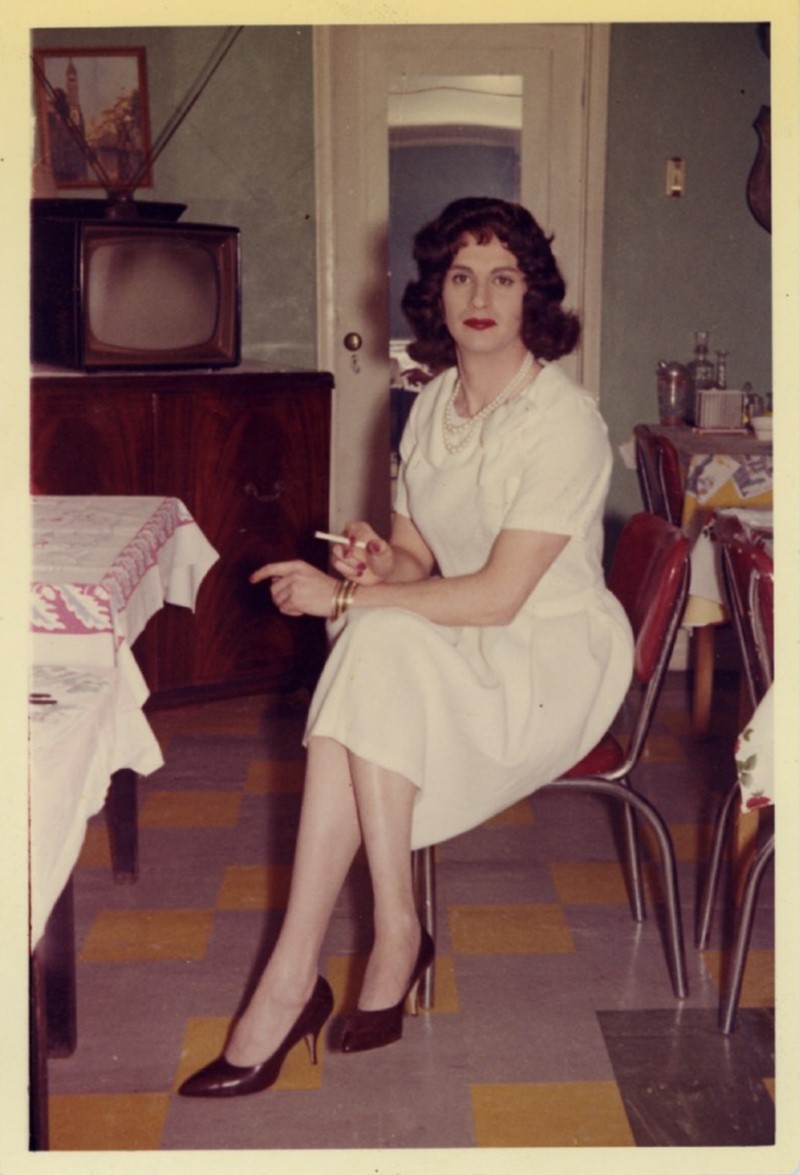
They could take lessons on how to hide a five o’clock shadow with make up, how to navigate the sidewalks in stiletto pumps and pose for beautiful portraits by the resort’s resident photographer.
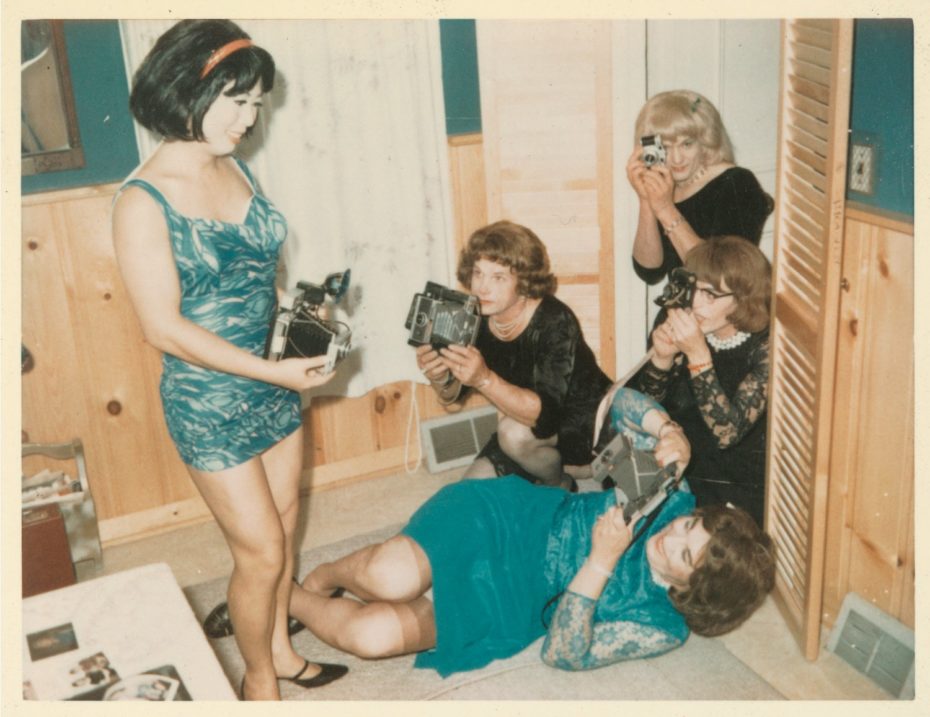
Of course, the cross-dressing was still considered a perversion in many cities at the time and discretion was the top priority for Casa Susanna and its inhabitants. The bravest of the girls were known to visit the local town, albeit infrequently, where some of its townsfolk had become accustomed to seeing the women shopping in the general store (noted only for the fact they seemed ‘overdressed’).
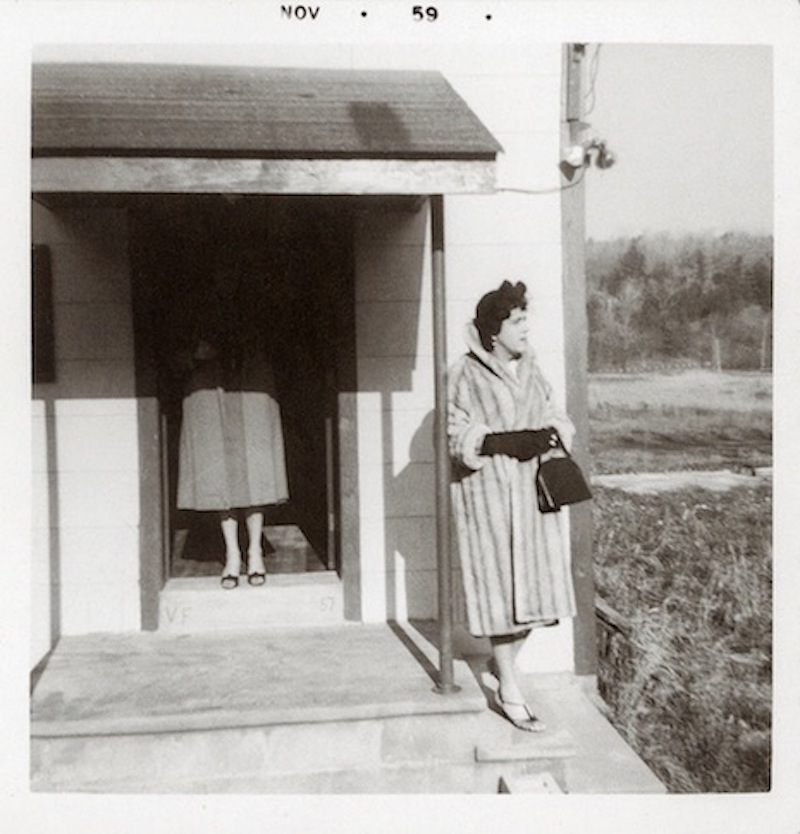
But for the most part, Casa Susanna’s visitors kept to the resort’s 150 acre perimeter. So, when the girls posed for photographs, the thought of having them sent to a general photography lab to be developed was, understandably, terrifying.
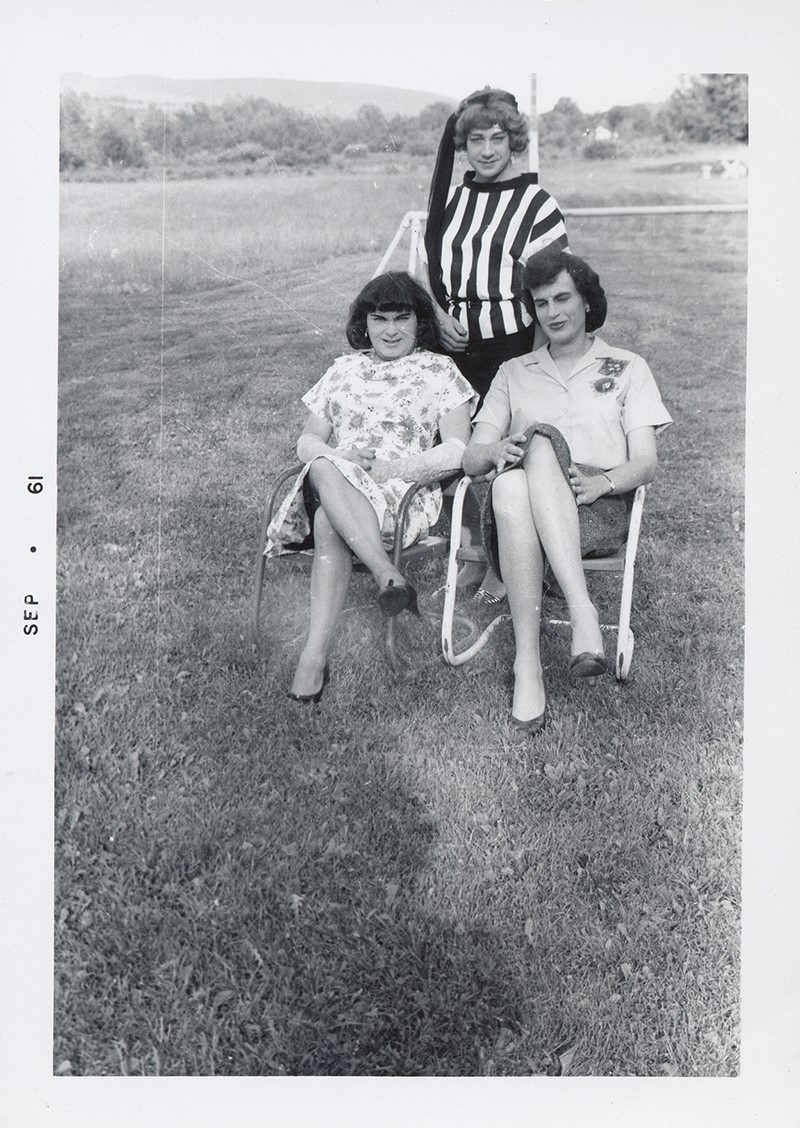
At first Polaroids were their only option, but Susanna, ever the perfectionist and wanting only the best for her students and friends, decided to employ a professional photographer who could develop all their own images on site.
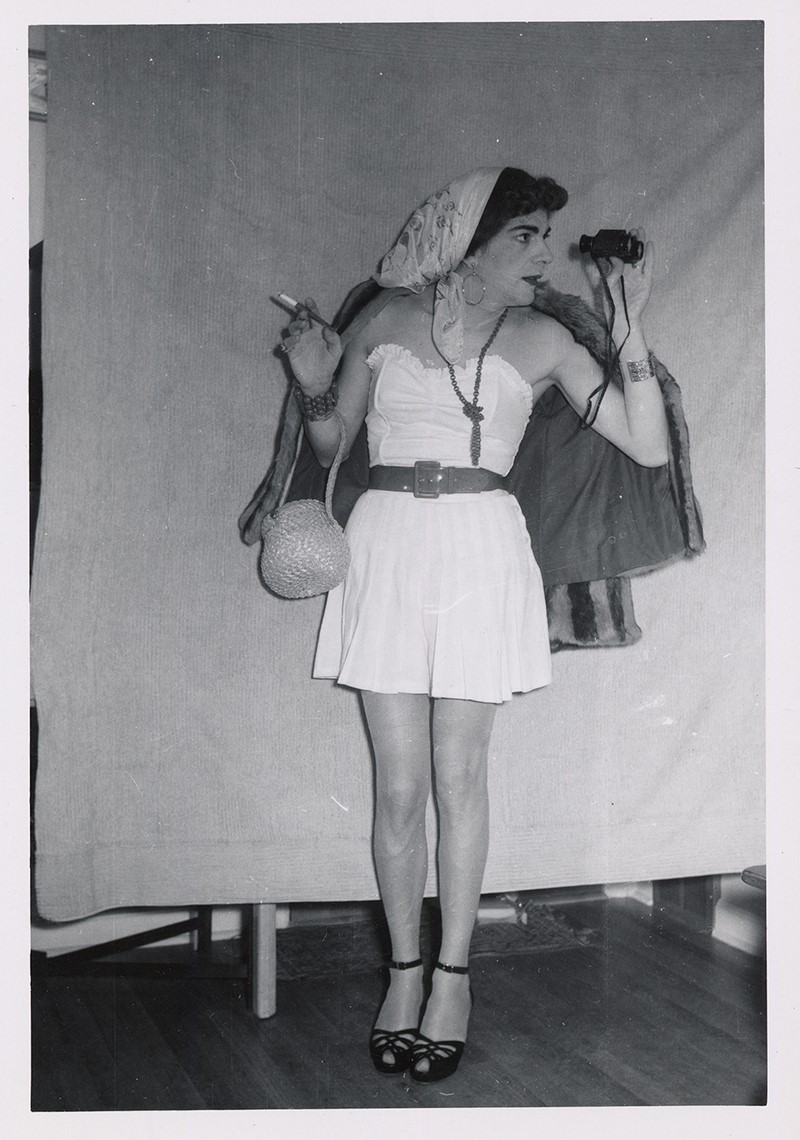
Andrea Susan, known by day as Jack Mallick, was a regular visitor at Casa Susanna and also a keen and experienced photographer, but his camera equipment was severely lacking. A more affluent member of the society, Gail (David Wilde), bought a $1000 Roliflex camera for Andrea to use on the condition that she learned how to process colour film. Gail also stipulated that she wanted a copy of every photograph that was taken, which she fastidiously collated into beautiful albums.
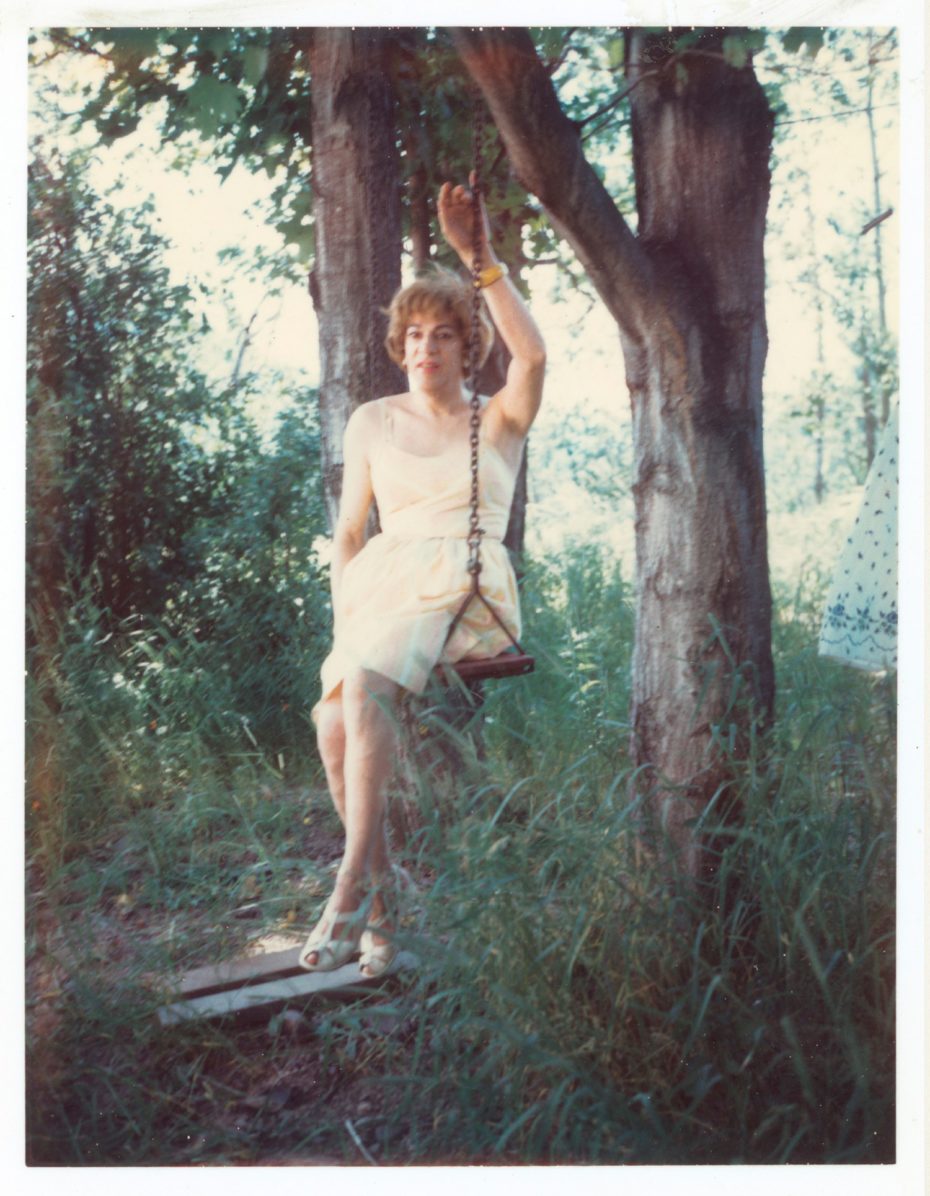
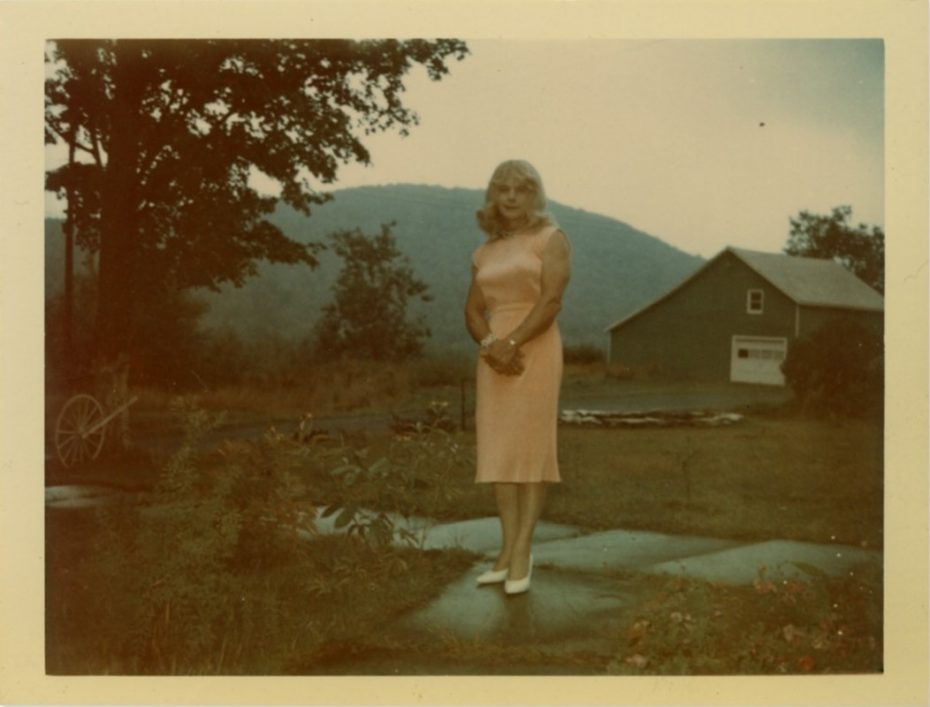
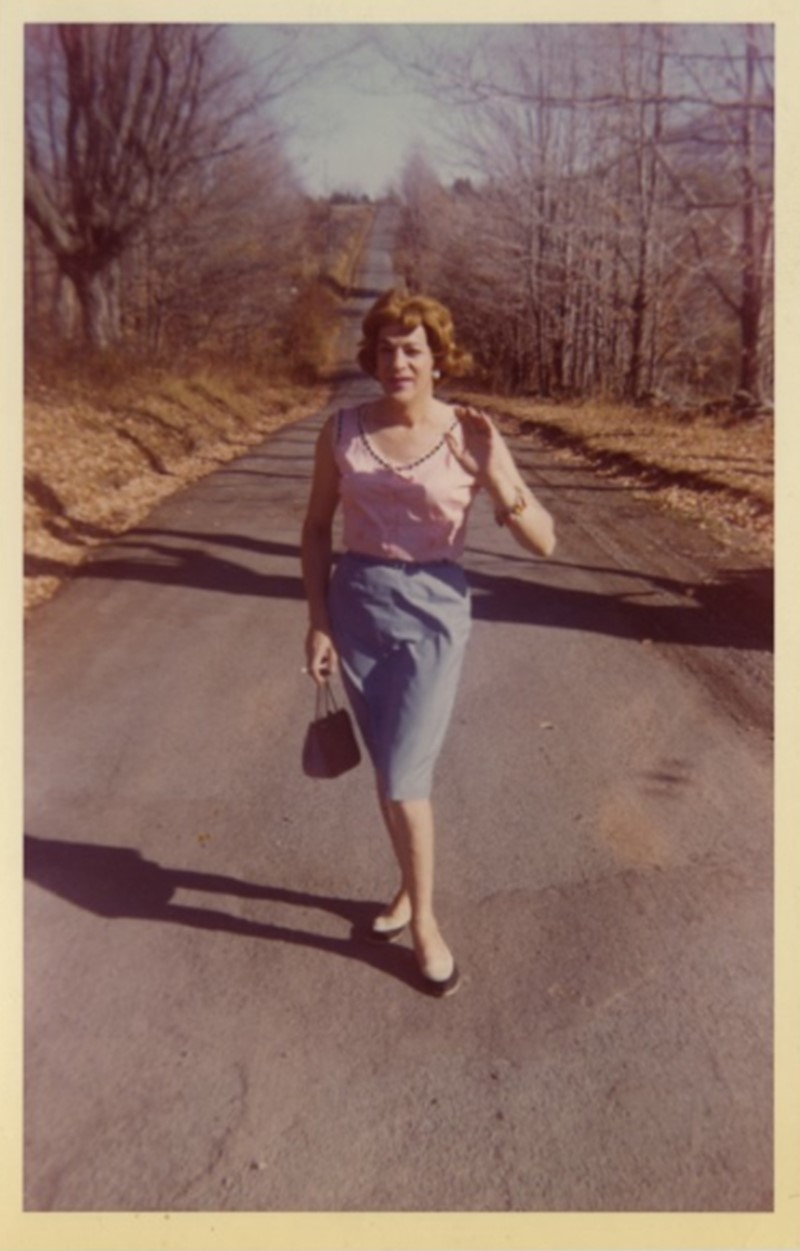
Fast forward to the late 90s and David Wilde (aka Gail) was planning to move to Scarsdale with his wife, Joan, who was aware of her husband’s past as “Gail”, but refused to allow him to bring along his carefully-preserved photo albums containing images of all the “men in dresses” from the hazy days of Casa Susanna decades prior. To appease his wife, David “got rid of his albums”, but in reality, he simply placed them atop his trash cans, possibly in the hope that he could later come back to retrieve them in private. In the blink of an eye, these books encapsulating a very specific slice of history, were taken by unseen hands. They would eventually find their way onto the flea market circuit, floating around in obscurity for years until 2004, when an antiques dealer, Robert Swope, and his partner, Michel Hurst, found them.
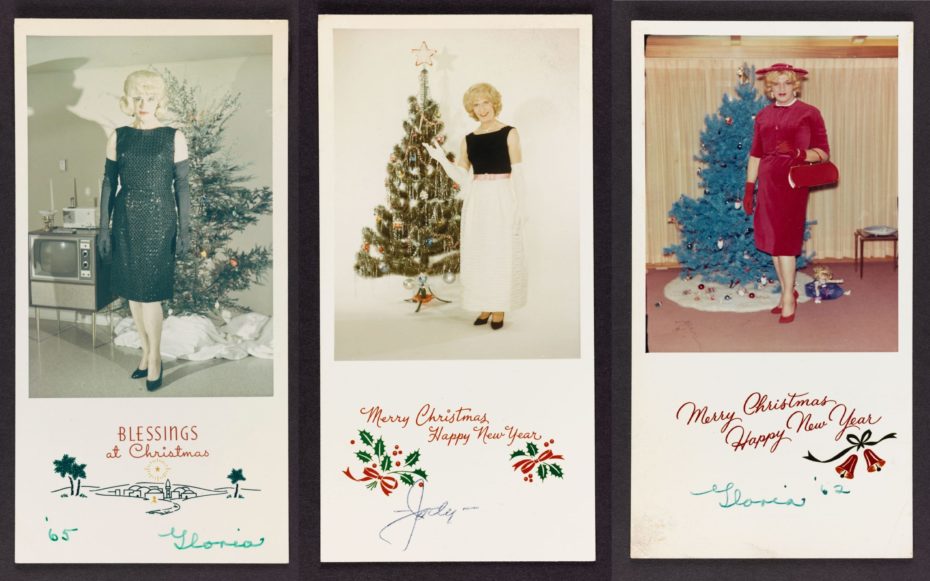
“I felt electrified,” Swope recalls. “I had never seen anything like this that had not been clearly orchestrated as a parody or a joke… I knew instantly that I was looking at something that no one outside the group was ever meant to see. Something private.”
Swope’s attraction to the photographs were because of the women within them, all taking part in seemingly mundane and average activities whilst also exuding a heart-warming sense of sisterhood, community and confidence. Nothing about the images scream ‘drag queens’ or ‘overt exhibitionism’; just an engaging intimacy and candidness.
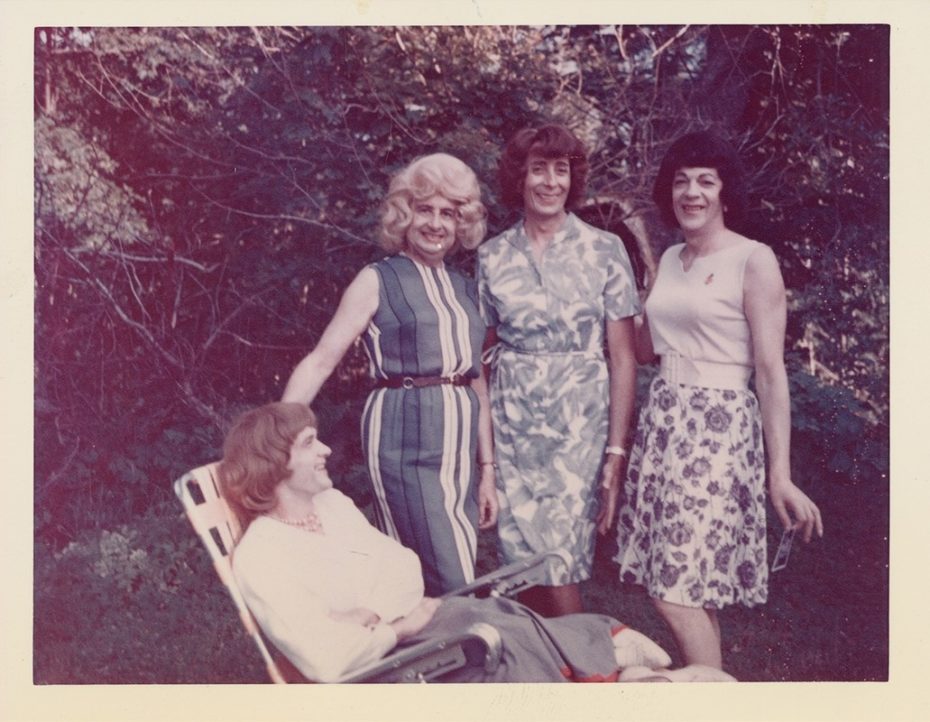
As Swope noted, “What struck me on that first day was the normalcy of the images, even if it was a studied illusion. Here were photos documenting everyday women, going about their everyday lives – except that these women were men who probably lived as truck drivers, accountants, or bank presidents during the week.”
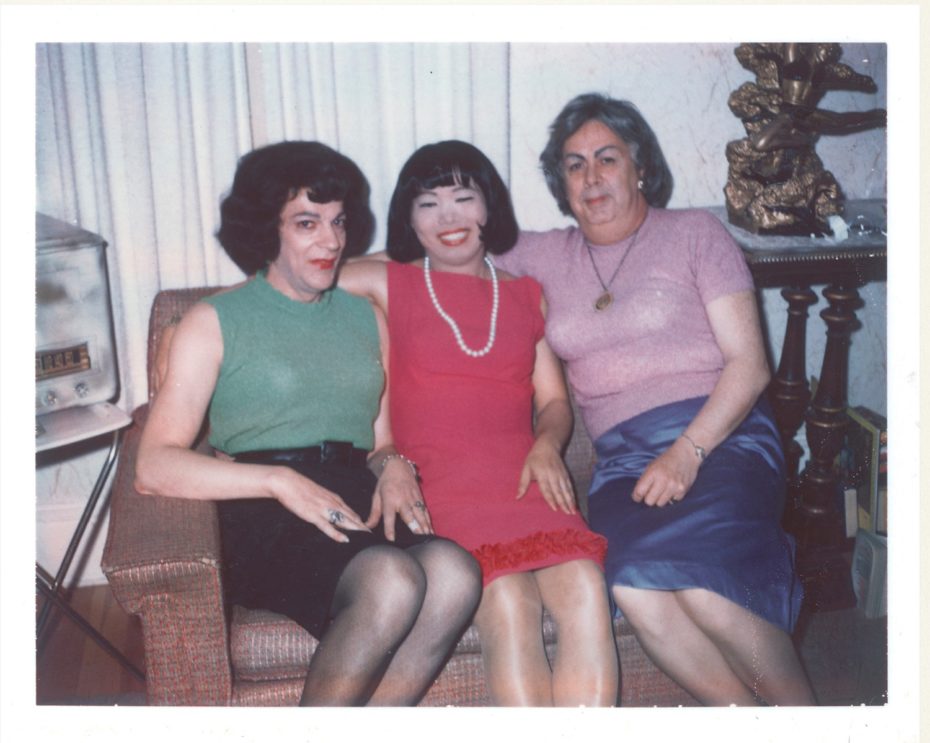
Swope and and his partner very quickly adapted them into a book. It wasn’t a roaring success, but it gained traction online and soon attracted the attention of a young playwright, Harvey Fierstein, who eventually used the images as inspiration for his off-Broadway production, ‘Casa Valentina’.
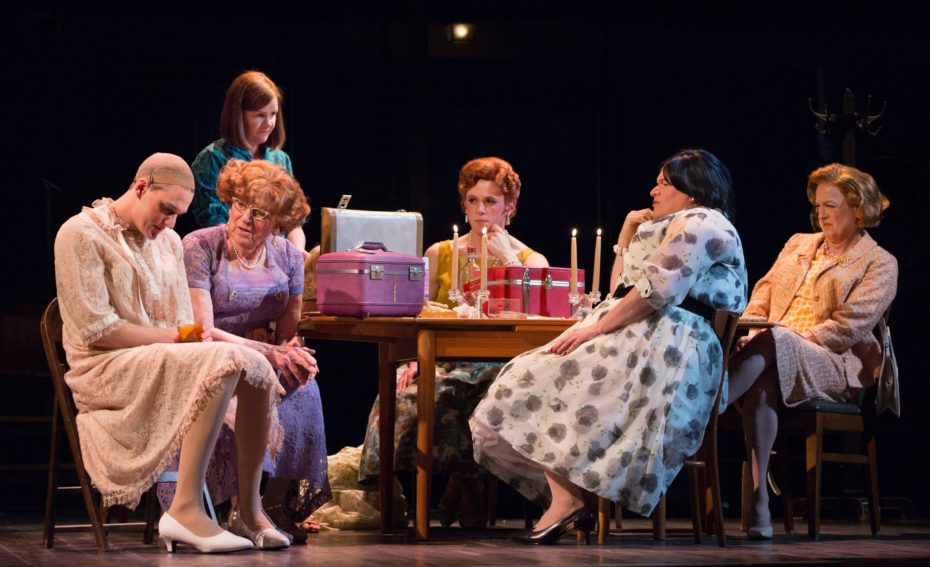
At the same time, an otherwise unaware Andrea Susan (our resident photographer from Casa Susana) had been living a colourful life as Jack Mallick with his wife in Scarsdale, NY. By day, Jack was involved in various productions as cinematographer or lighting director while his alter ego, Andrea, was a regular fashion show host at Fantasia Fair in Provincetown, a conference for gender-questioning people. It was at that fair in 2013 that she was shown the book that Swope and Hurst had published containing all of Andrea’s photography from Casa Susana, albeit sans credit. Until then, no one had ever known the identity of the photographer. This was something Andrea’s daughter, Jacqueline, was determined to rectify.
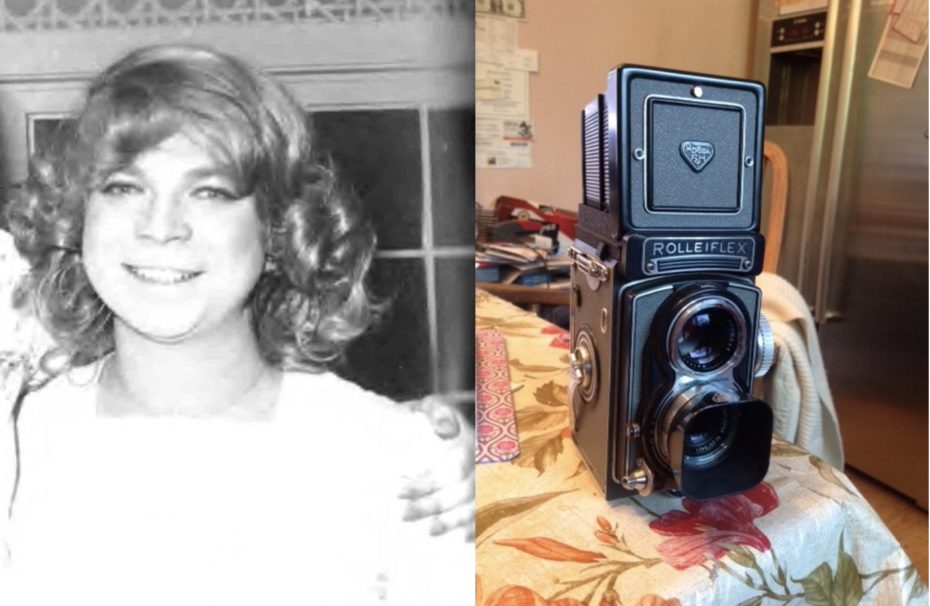
Due to Jacqueline’s efforts, her father was invited to attend the premier of Fierstein’s play, which he did so dressed as Andrea, in 2014. A presentation of Andrea’s Casa Susanna photography was then prepared for exhibition at Fantasia Fair that same year. Andrea Susan/Jack Mallick sadly passed away in hospital and the 2015 Fantasia Fair was dedicated to her memory.
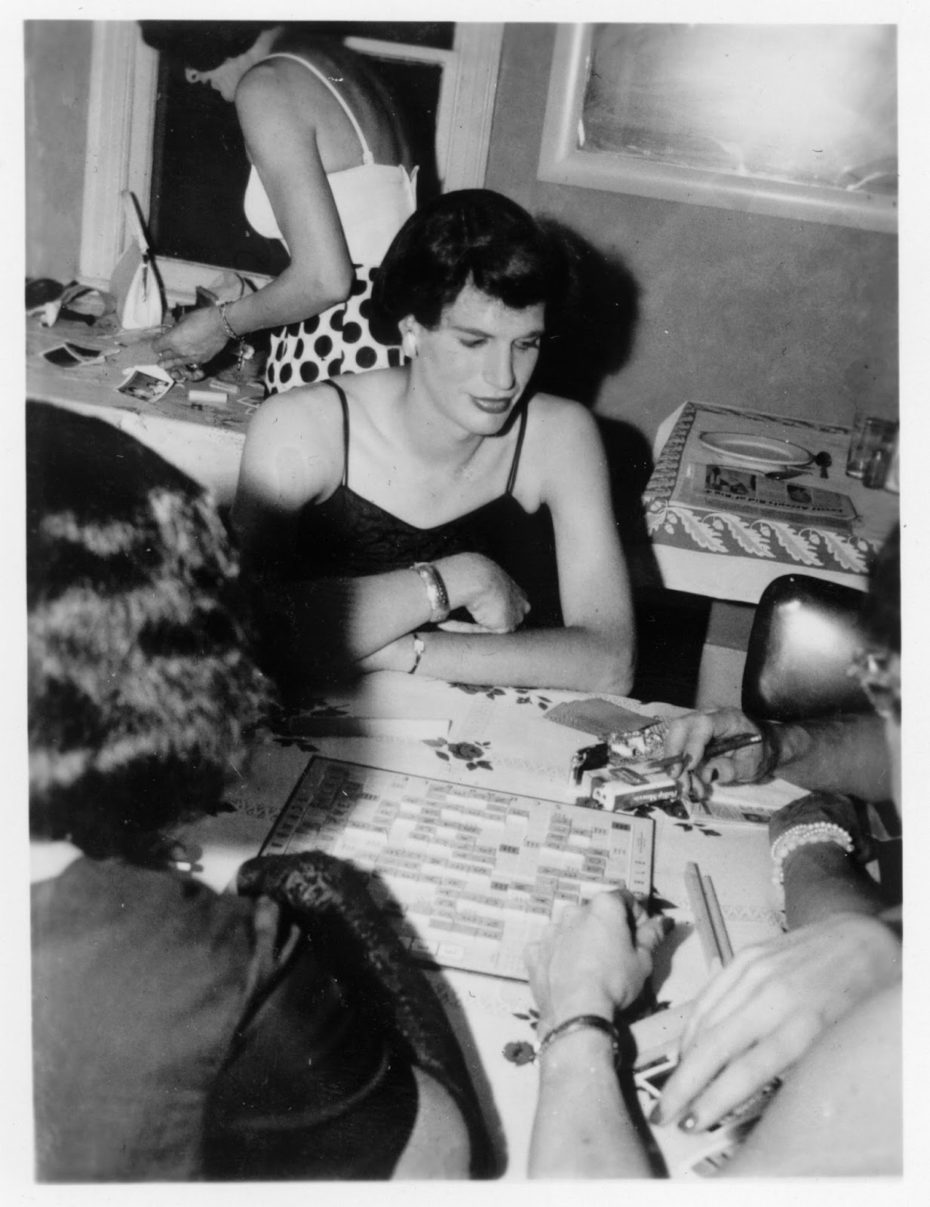
Casa Susanna was, first and foremost, a safe haven. Somewhere for heterosexual men, gender non-conformists and future transwomen to let their hair down (or should we say, don a wig) and cultivate their inner femininity. Back in a time when there were only two recognised genders, whose roles were much more defined than today, a woman was still very much acknowledged as a 2nd class citizen, a handy addition to her male counterpart. It was as if many of these men found comfort in not having to conform to their own gender role for a while. Perhaps they considered the feeling of being a woman to be quite liberating and much safer than being a man. To be a woman meant glamour as well as homeliness, warmth, and motherly compassion as well as demure sexiness – whereas to be a man meant bearing the brunt of incessant toxic masculinity, long work hours, responsibility to provide and the constant threat of war.
Harvey Fierstein touched upon this when writing ‘Casa Valentina’:
“Their dressing isn’t so they can be with other girls and play bridge,” he says. “Their dressing is to lose the male role. ‘I don’t have to take the car in. I’m freed from having all the answers. I’m freed from being the breadwinner.’ It’s to become this idealized female – they call it ‘the girl within. It’s all the pleasures and none of the pain [of being a woman], because it’s a fantasy,” Fierstein notes. “It has nothing to do with being a real woman – except that some of these men went on to become women.”
Harvey Fierstein
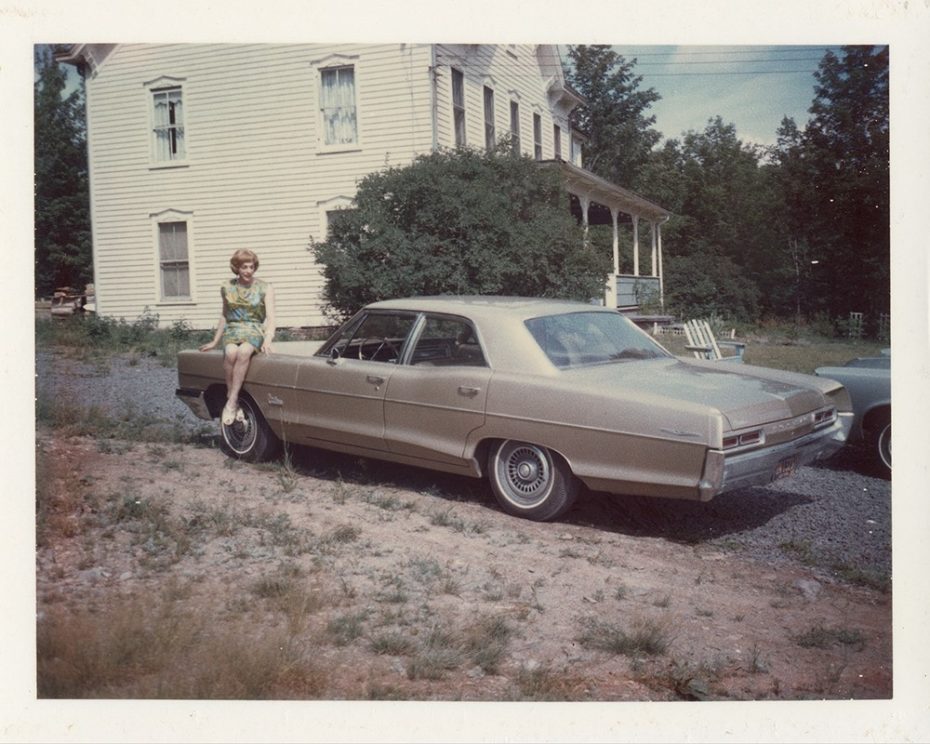
According to Alona Pardo, a curator at the Barbican Art Gallery where over 300 of Andrea Susan’s photographs were exhibited in 2018, the photographs the resident ladies of Casa Susanna took part in became “a pivotal medium through which they can construct their identities and affirm them”. “They referred to themselves at the time as ‘transvestites’, but you wouldn’t necessarily use that term now,” she explains. “We would call it gender non-conforming, because we don’t know whether they were men who dressed as women sometimes or whether they became transgender or did undergo gender reassignment surgery.” “What sticks is they are cross dressing, but within that they’re constantly playing with female stereotypes, they were very aware,” says Pardo. “There’s pictures of them holding Vogue magazine and things like that, so we know that they’re looking for notions of what femininity was, and they were playing with those guises.”
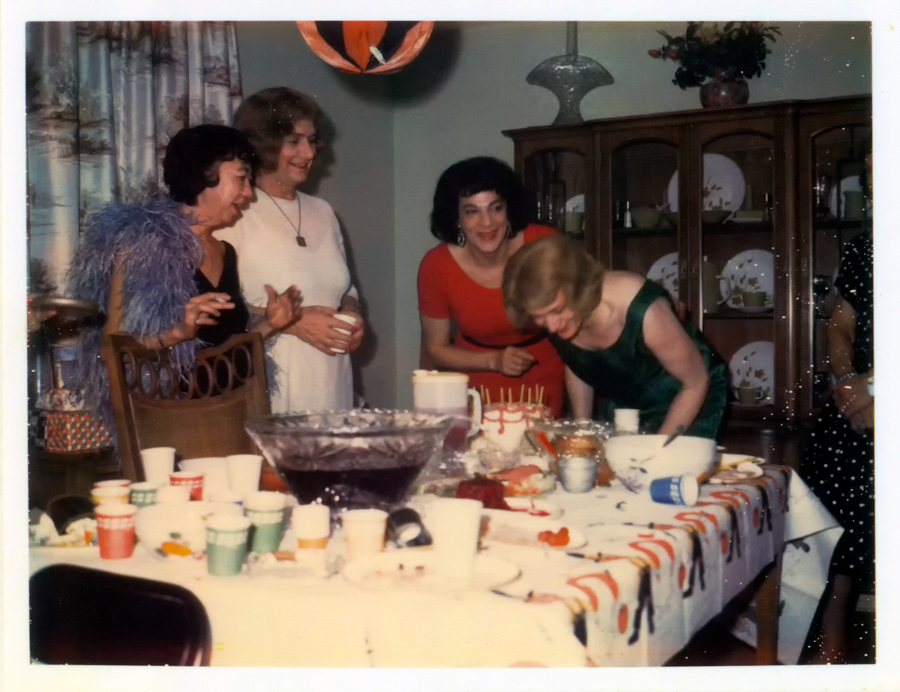
In today’s western society transgenderism may no longer be an offense punishable by incarceration, but phobia against trans people is still very much a prevalent issue and a credible threat to life. Perhaps if there were more safe spaces like Casa Susanna, a place to find a sister/brotherhood where they can learn from and rely on, our trans friends would be able to find as much joy and peace as the evidently contented women in Andrea Susan’s lost photographs.
“Casa Susanna” by Michel Hurst & Robert Swope can still be purchased secondhand on Amazon.
The house itself is currently for sale.
About the Guest Writer

Amy Faith is a wedding photographer obsessed with all things historical (usually macabre). Living in the north of England with her partner Tom and dog Maggie, she spends most of her spare time collecting books as well as studying vintage photographs, Victorian serial killers and the history of drag.